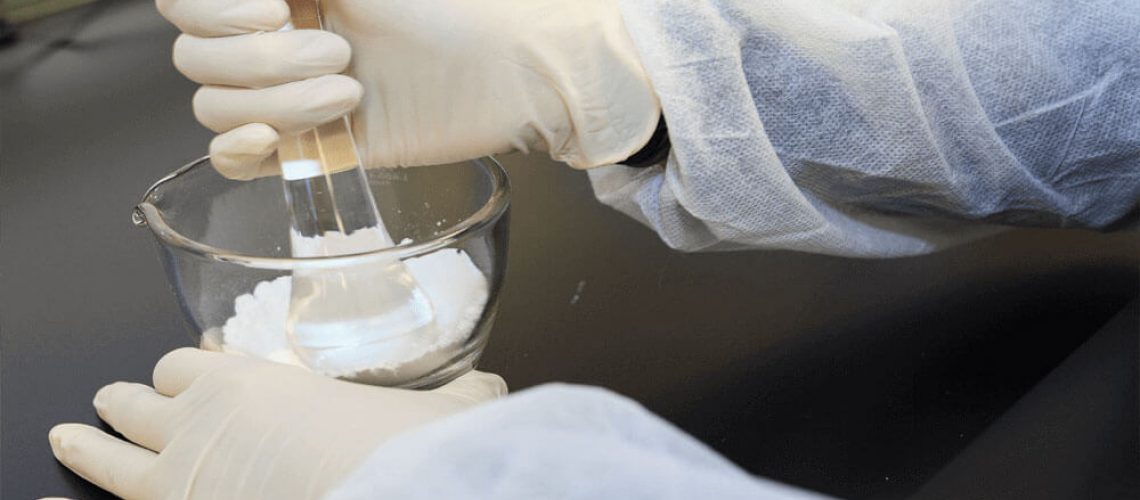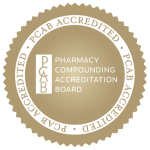Warts are benign skin growths that appear when a virus infects the top layer of the skin. The virus that causes warts is known as the human papillomavirus (HPV). Certain types of HPV viruses cause plantar warts or verruca plantaris. Many times, warts resolve spontaneously. Often, home remedies or OTC medications can be helpful. However, when warts are located on areas subjected to repeated pressure they become painful and, in most cases, will require medical attention.
Warts are among the most common dermatologic conditions the podiatrist treats. Because they are viral skin infections, treating them can be difficult. Usually, the patients seen by podiatrists for their warts have already tried home remedies that failed. They have probably been seen by their primary care physician and experienced treatment failure as well. Frequently, these patients have other medical conditions and a weakened immune system. That is why most podiatrists will admit that despite the availability of so many treatment options, remarkable results have until recently, not been readily available.
Topical application of keratolytic agents in strengths to be used only by the practitioner, are some of the many treatment options and are the preferred treatment options for many podiatrists. Successful podiatrists who treat warts with powerful topical keratolytic agents use a compounding pharmacy that offers the desired strength of the active ingredients in the desired combination. Some of the potent ingredients used in compounded medications for the treatment of verruca plantaris are not commercially available in the US.
A compounding pharmacy also allows the podiatrist to combine office treatment with compounded medication with milder compounded medications patients can use at home.
Best known compounded preparations used by podiatrists for plantar warts contain: Cantharidin, podophyllum and salicylic acid. One such example of this is:
Cantharidin 1% Salicylic Acid 30% topical occlusive gel
(Note: The occlusive gel is a specialized gel base that forms a film when applied topically.)
Other novel or less-known ingredients for topical use may be combined with well-known active ingredients used for the treatment of warts to better meet the patient’s need. These compounded medications for warts are prescribed for home use. Example:
Imiquimod 1%/Acyclovir 2%/Deoxy-D-Glucose 0.2%/EGCG 1%/Aloe Vera 0.2%/Ibuprofen 2%
Deoxy-D-Glucose is purported to have anti-viral properties
EGCG has been extensively studied for its antioxidant and anticarcinogenic properties
Aloe Vera is known for its soothing and aiding in healing properties.
These examples are only the door opener for a plethora of possibilities both for wart treatment and other podiatry conditions. To widen your range of therapeutic options, find a good compounding pharmacy to help you offer personalized treatment options for each of your patients.
Make HALDEY Pharmaceutical Compounding your choice of compounding services. Talk to one of HALDEY’s experienced pharmacists to learn about compounded therapeutic options for podiatry.
References:
Becerro de Bengoa Vallejo R, Losa Iglesias ME, Gómez-Martín B, Sánchez Gómez R, Sáez Crespo A. Application of cantharidin and podophyllotoxin for the treatment of plantar warts. J Am Podiatr Med Assoc. 2008;98(6):445-50.
Yilmaz E, Alpsoy E, Basaran E. Cimetidine therapy for warts: a placebo-controlled, double-blind study. J Am Acad Dermatol. 1996;34(6):1005-7.
Lipke MM (2006). “An armamentarium of wart treatments”. Clin Med Res. 4 (4): 273–93. doi:10.3121/cmr.4.4.273. PMC 1764803. PMID 17210977.
Kwok CS; Gibbs S; Bennett C; Holland R; Abbott R (12 Sep 2012). “Topical treatments for cutaneous warts”. Cochrane Database Syst Rev. 9 (9): CD001781.
Bacelieri R, Johnson SM (2005). “Cutaneous warts: An evidence-based approach to therapy”. American Family Physician. 72 (4): 647–52. PMID 16127954. Archived from the original on 2014-04-21.
Skinner RB Jr. Imiquimod. Dermatol Clin. 2003;21(2):291-300.




